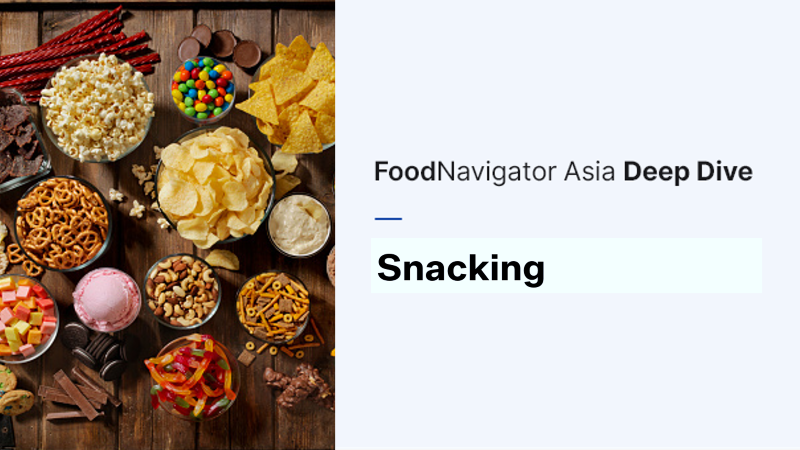The China Shopper Report 2023, written by Kantar Worldpanel and Bain & Company, highlighted that 2022 was a year of massive growth for the packaged foods industry in China which displayed a strong 6.3% growth throughout the year, the highest increase seen over the past four years.
“Growth was driven by both volume increases (3%) and average spending price increases (3.2%), [as well as] COVID-19 pandemic lockdown and dining out restriction impacts what fuelled stockpiling behaviours as well as at-home dining solutions,” the report authors stated.
“Within the sector, instant noodle emerged as a leading force, [seeing] around 20% of value growth for the year; and seasoning products such as soy sauce also saw surges in demand due to in-home cooking.
“It was also noted that categories which focused on premiumisation with their innovations that typically address consumer health and hygiene needs showed particular success – one example was juice, where the premium juice segment saw 25% volume growth and 7% increase in prices thanks to innovations such as new processing methods e.g. not-from-concentrate and new flavours e.g. Traditional Chinese Medicine-based products.
“Even within the category leader instant noodles, it was premium, healthy products that were the main growth drivers, with premium items showing 27% growth whereas the mass and midrange segments showed volume declines of 27% and 9% respectively.”
Despite the rise of premiumisation, the data also revealed that Chinese consumers are generally less willing to pat for FMCG products due to rising economic pressures, which means that applying price hikes to just any item is likely to result in less of that product being purchased especially if the value proposition is not clear.
This was made clear from results obtained in the first quarter of 2023 for packaged food sales.
“Value growth in the first quarter of 2023 was 3.2% and this was mainly driven by a 5.2% increase in average product spend,” they stated.
“However, as brands tried to pass inflation costs to consumers with a like-for-like price increase [in this quarter], consumers reacted strongly through purchase volume drops and product choices – the average household spend packaged food declined by 3.4% overall in this quarter.
“Even instant noodle’s high-speed growth momentum from 2022 stopped [and the category] only slightly increased value in the first quarter by 0.9% - which was driven by price increases of 6.3%.”
That said, the seasoning category continued to grow despite the price hikes due to the home-cooking habits cultivated during the pandemic.
O2O shopping patterns
E-commerce growth slowed to just 2% in 2022 as a result of logistic challenges and heightened regulatory scrutiny, but O2O (online-to-offline) channels showed massive improvements in China.
“O2O boomed during the COVID-19 resurgence periods as s consumers wanted to stock up and fulfil instant needs while avoiding traffic and exposure in physical stores – this saw O2O value growth by 18% overall in 2033, increasing its channel share from 5.7% of total FMCG to 6.7%,” said the report.
“This has continued into this year even after the relaxation of Zero-COVID policies in China – O2O showed a remarkable value growth of 16% in the first quarter of 2023.
“This channel has become particularly important for food related categories, i.e. packaged foods and beverages, especially for necessity categories with instant needs such as frozen foods, showing that consumers are responding favourably to the convenience and fast delivery offered by O2O solutions.”
Moving forward, it has been found to be critical for brands to manage costs and focus on what really matters to the consumers in terms of product formulation, raw materials, and packaging materials [as opposed to simply passing on costs] – and the authors also encouraged firms to invest savings achieved in these areas into marketing and pricing/promotions to address the ongoing price sensitivity.





